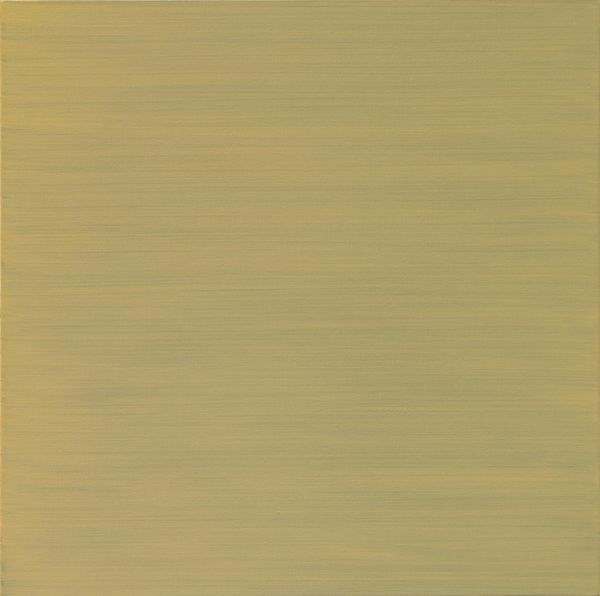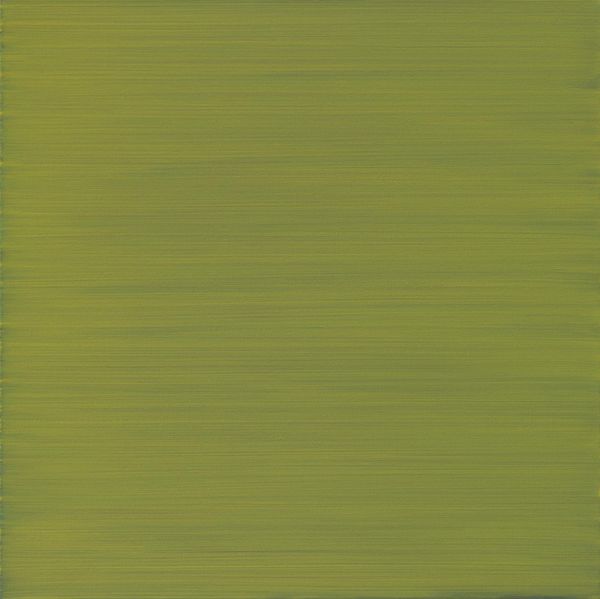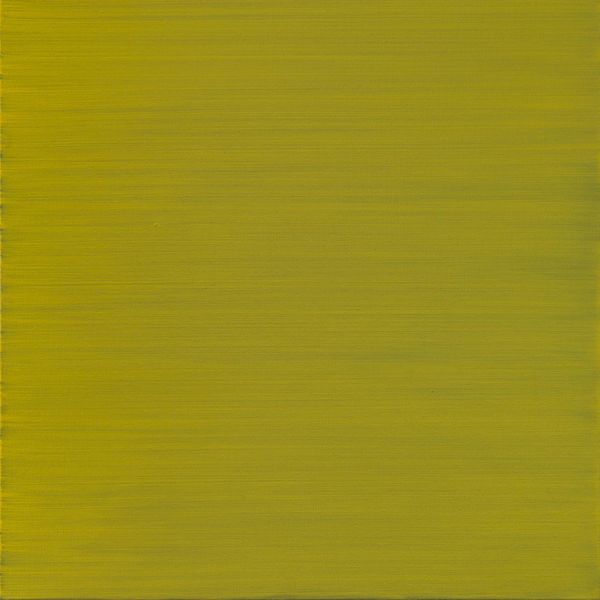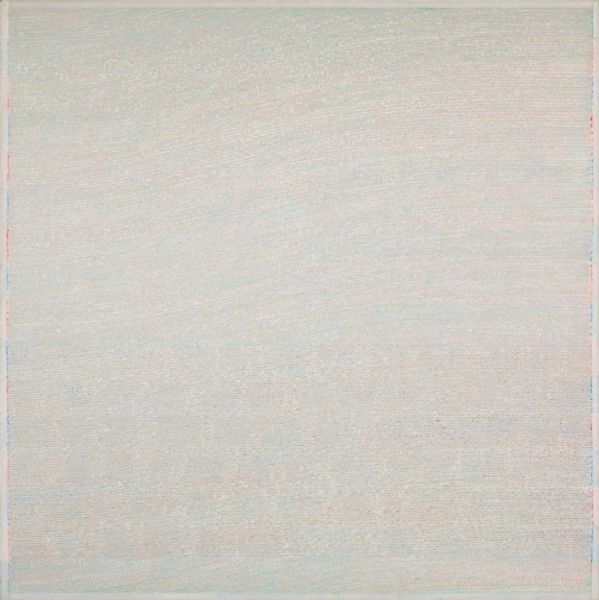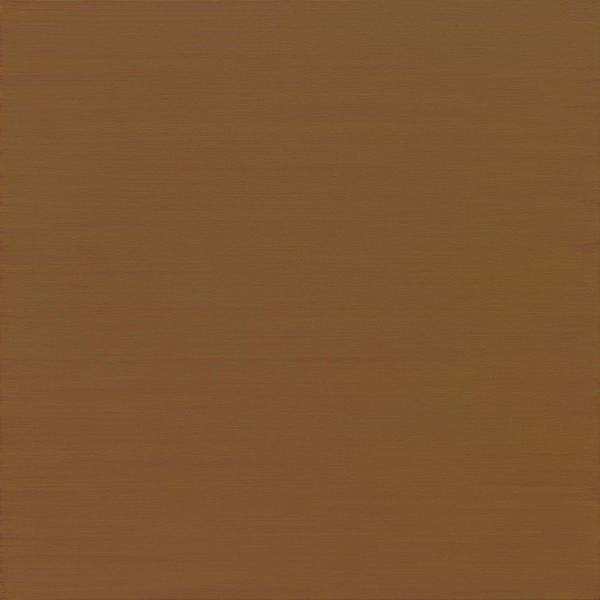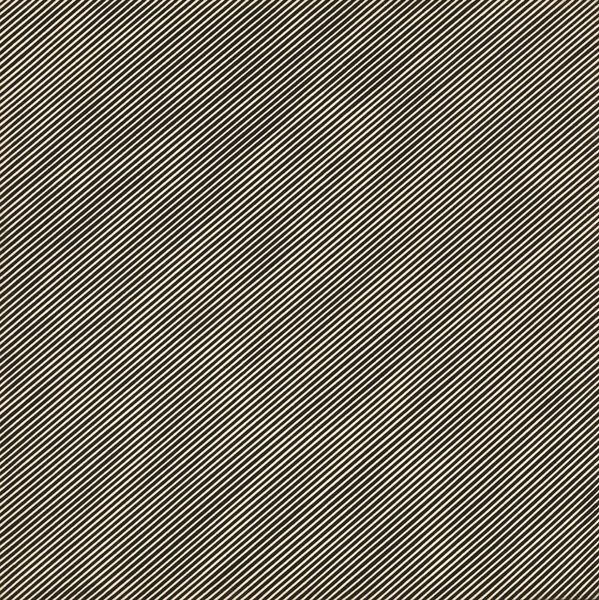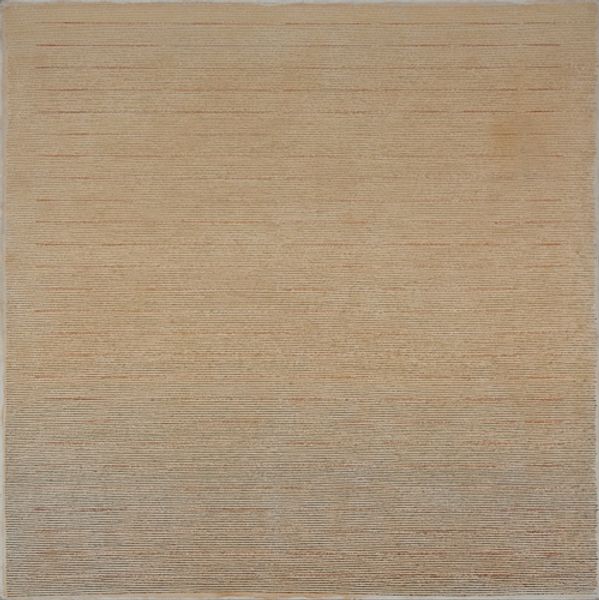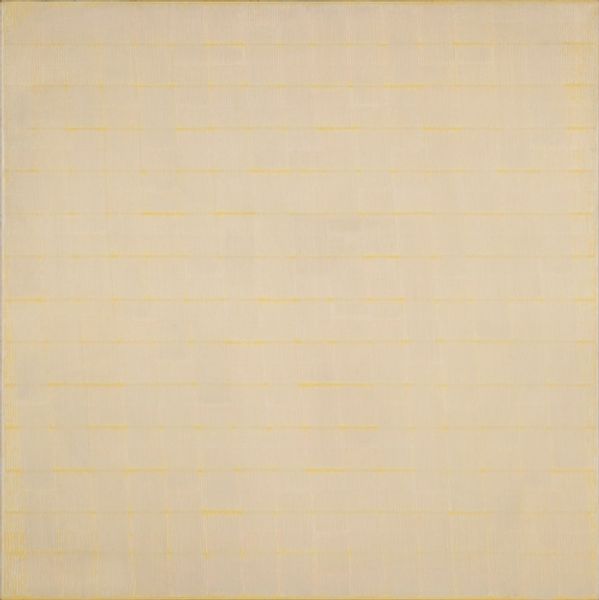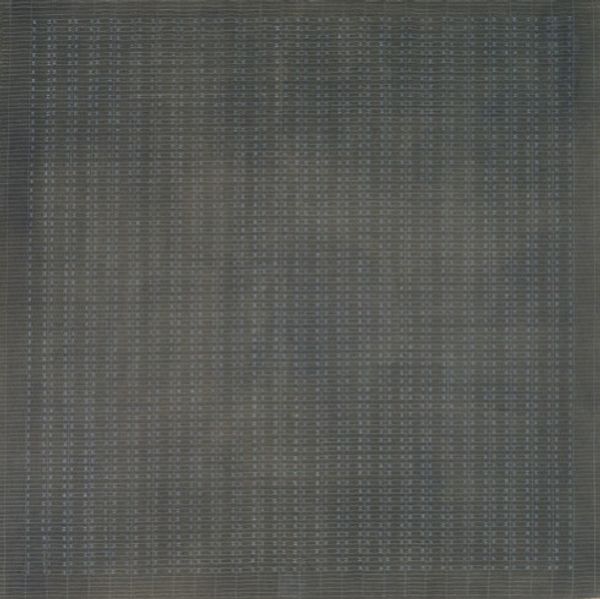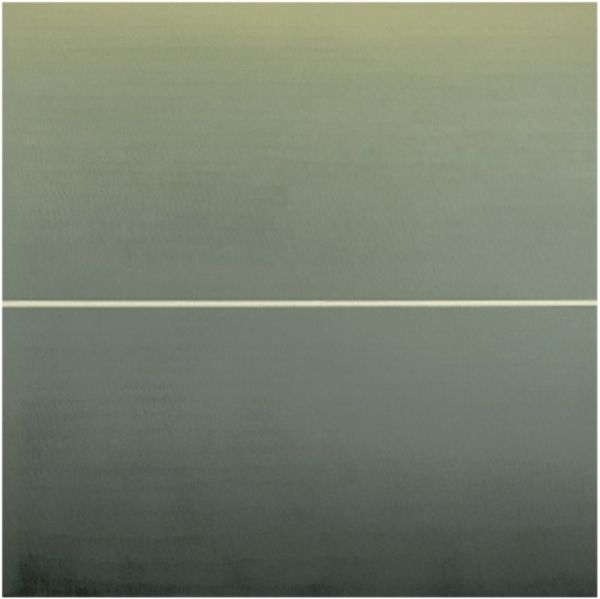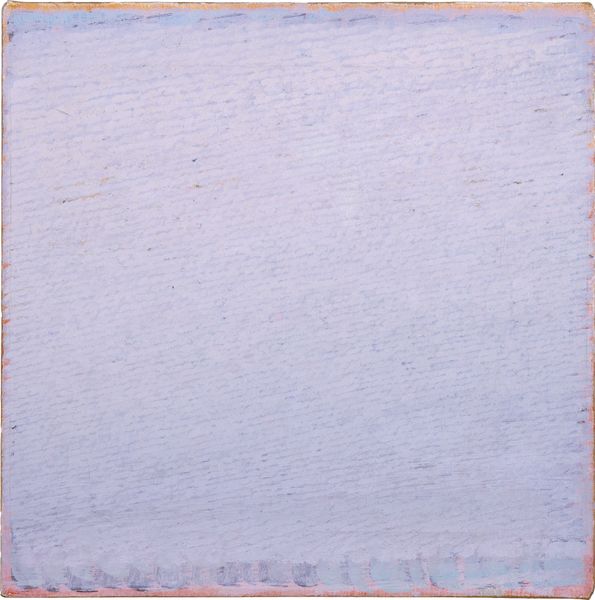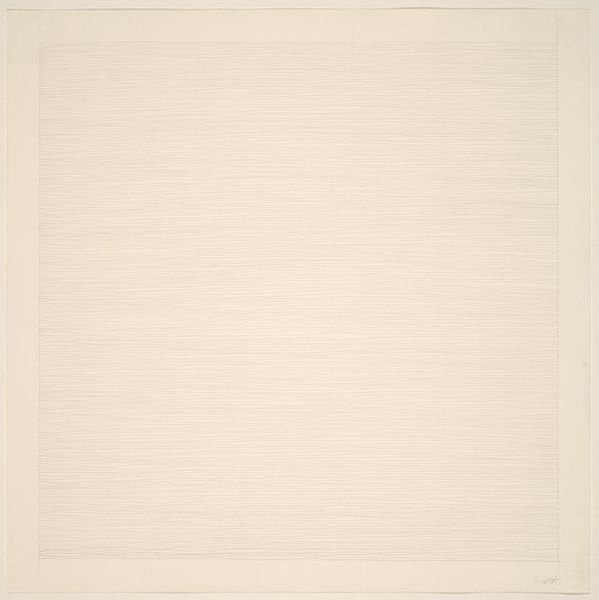
Dimensions: support: 601 x 602 x 45 mm
Copyright: © Maria Lalic | CC-BY-NC-ND 4.0 DEED, Photo: Tate
Editor: This is Maria Lalic’s "History Painting 14 Greek. Massicot". It's really interesting how the material, massicot, is applied so evenly. It almost looks like fabric. What can you tell me about it? Curator: Notice the layering of the pigment. It speaks to a repetitive, almost meditative process. "History Painting" suggests a deconstruction of traditional historical narratives through the very act of making, challenging the boundary between high art and the labor of craft. What does the title suggest to you about the material's role? Editor: I hadn’t thought about the title in connection with the repetitive layering of material. It makes me think about how history is made through repeated acts, and how labour itself constructs those stories. Thanks for your insights! Curator: Absolutely, considering the materiality encourages a deeper engagement with how meaning is produced.
Comments
tatemodern 6 months ago
⋮
http://www.tate.org.uk/art/artworks/lalic-history-painting-14-greek-massicot-t07289
Join the conversation
Join millions of artists and users on Artera today and experience the ultimate creative platform.
tatemodern 6 months ago
⋮
CAN COLOUR RELATE TO A PARTICULAR PERIOD IN TIME? Maria Lalic’s paintings explore the history of colour pigments that were used to make paint. Each painting is made from semi-transparent layers of pigment that were discovered in the in the time referred to in the painting’s title. The artist was inspired by an old colour chart from paint manufacturerWinsor and Newton. It grouped pigments into six historical periods: Cave, Egyptian, Greek, Italian, 18th and 19th century, and 20th century. There is one painting for each period displayed here. Looking closely at the edges you can see the different paints she has layered to create the final colour of the painting. ‘I think I’m simply excited by recognising a time and place through colour.’ Start Gallery caption, 2016 Gallery label, July 2017
